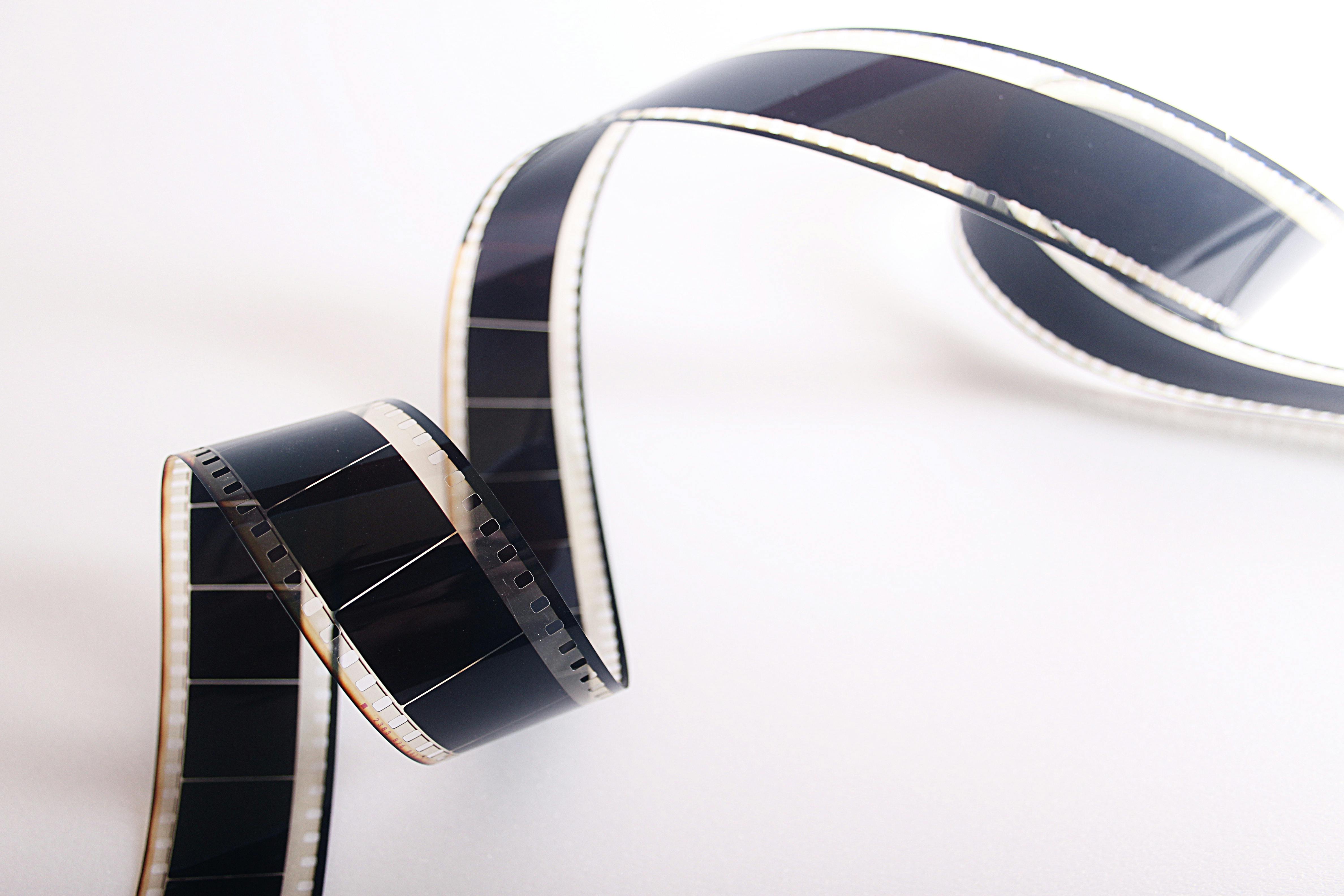The Resurgence of Analog Film in a Digital World
Introduction: In a world dominated by digital technology, a surprising resurgence is taking place. Analog film, once thought to be a relic of the past, is making a comeback. This article delves into the reasons behind this unexpected revival and the impact it's having on the industry and audience alike.

The Origins and Decline of Analog Film
Analog film, the medium that brought cinema to life, dominated the movie industry for over a century. Born from the minds of pioneers like Thomas Edison and the Lumière brothers, it was the cornerstone of movie-making from the late 19th century until the end of the 20th century. However, with the dawn of the digital age, the labor-intensive and cost-heavy process of film production and projection gradually lost its appeal. By the early 2000s, digital film had become the industry standard, and the era of analog seemed to be drawing to a close.
The Unexpected Comeback
Against all odds, analog film has shown a surprising resurgence in recent years. This revival can be attributed to a blend of factors. Nostalgia is a driving force, with audiences and filmmakers yearning for the distinct aesthetic quality of film. There’s also a growing discontent with the sterile perfection of digital imagery, leading many to seek the more organic, tactile qualities of analog film.
The Role of Renowned Directors
Several high-profile directors have played a crucial role in this revival. Quintessential filmmakers like Quentin Tarantino, Christopher Nolan, and Paul Thomas Anderson have staunchly advocated for film, shooting their movies on analog and publicly championing the medium. Their influence has not only sustained the use of film in big-budget cinema but also instigated a broader cultural reevaluation of analog’s value.
Current Trends and Developments
The resurgence of analog film is not just confined to the realm of cinema. The photo industry has also seen a similar revival. Companies like Kodak and Fujifilm are experiencing rising sales for their film stock. Moreover, several new businesses have sprung up, offering services related to analog photography and filmmaking. This renewed demand for analog has led to technological advancements as well, with new film stocks and improved processing techniques being developed.
The Impact and Significance
While it’s unlikely that analog will ever regain its dominance over digital, its resurgence has significant implications for the industry. It serves as a reminder of the importance of choice in artistic expression. Furthermore, the unique aesthetic of analog film offers a compelling alternative to digital, enabling a more diverse visual language in cinema and photography.
In conclusion, the resurgence of analog film serves as a testament to the enduring appeal of this medium. Despite the convenience and perfection of digital, there’s something about the tangible, imperfect beauty of film that continues to captivate audiences and artists alike. The revival of analog film is less about a battle between old and new, and more about a harmonious coexistence of different forms of creative expression.




